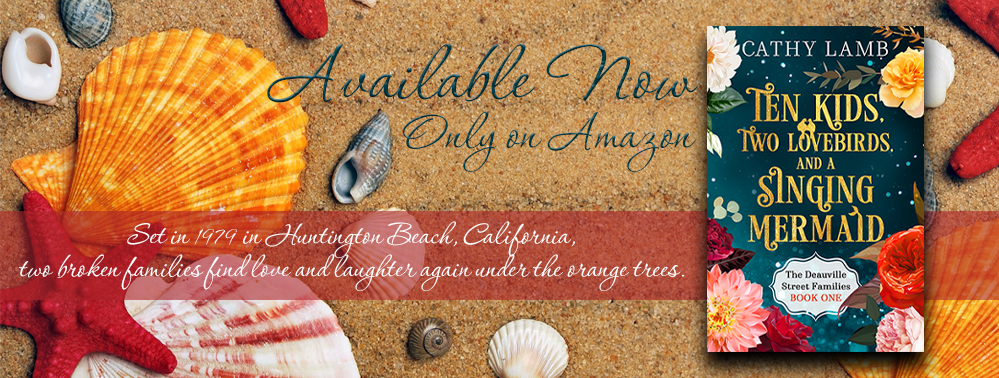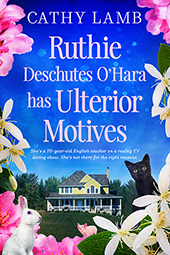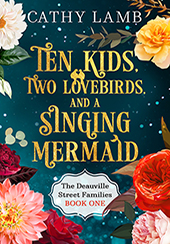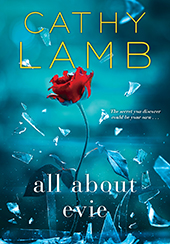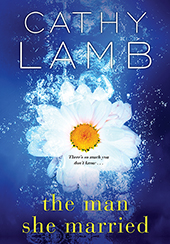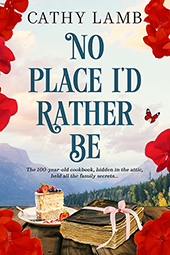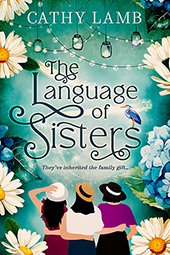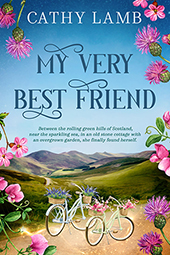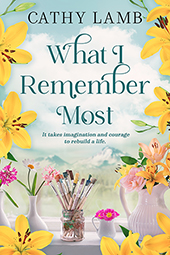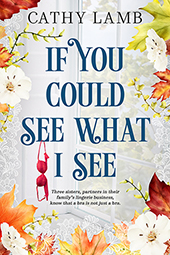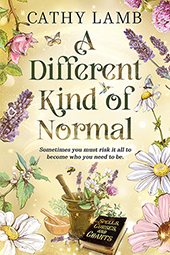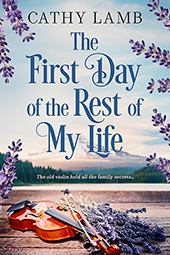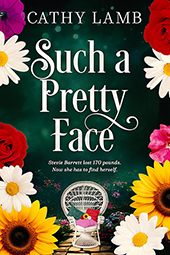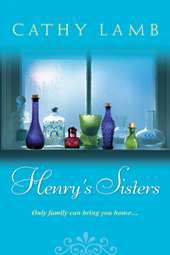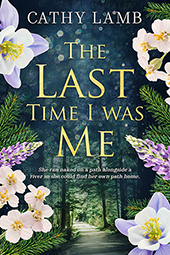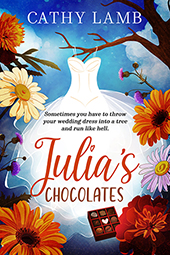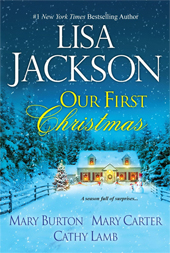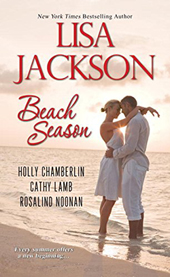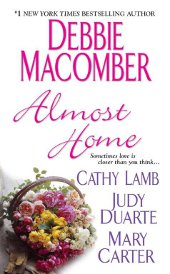The Let’s Twist Again List
A surprising list…
Thanks to Book Trib and Hank Phillippi Ryan.
My book, The Man She Married made the Let’s Twist Again: Eight Books That Will Surprise You List.
That book was a surprise to me, too. One strange, scary idea followed after the other. Sometimes I just don’t know where my mind is going…

By Hank Phillippi
It’s lucky that Twitter wasn’t invented when The Murder of Roger Ackroyd was published. Can you imagine? Within 15 minutes, somebody would’ve posted: Oh Em Gee, can you believe that ending? And then everybody would’ve read Agatha Christie’s classic in a different way. It’s always been a debate for me whether books should be promoted with: wow, what a surprise ending! Because then you read the book differently, right? You’re looking for that ending. And once you look for it, the mystery is gone. Still, though, gotta admit. It’s fun to know.
And sometimes it doesn’t matter. I don’t fear a spoiler by telling you that Dorothy‘s trip to Oz was the result of a head injury. You’ve all read the iconic Gone Girl, and you know how brilliantly amazing that was. And the twist of all twists, in The Sixth Sense.
We also know that when it doesn’t work, a twist can become iconic for its own failure. I’m talking about you, Dallas.
A successful twist offers an alternative but logical way of looking at the same story. Using the plot puzzle pieces to put together the story’s picture, and then having the author say to you, as I do in The Murder List, “Wait, you think you have that puzzle put together correctly? Flip it over, readers, and see what’s on the other side. Now what do you think?”
We as readers want to be surprised. We want to have something happen at the end that is unanticipated, and yet, inevitable. Something we could have figured out if we had just been smart enough. The Usual Suspects works, right? We should have seen it coming. And yet, we didn’t. Presumed Innocent, too. Scott Turow totally nailed it.
When a wise author uses the twist, it means they understand readers’ expectations and understand what a reader relies on, and then—lures them into expecting exactly the same thing. Then, boom, twist. The Twilight Zone and Rod Serling are the godfathers of jaw-dropping twists. Oh my goodness, it’s a zoo! How did we not see that?
The fabulous Katherine Nazzaro of Trident Books in Boston and I were discussing twists (in particular the questionable one in The Speckled Band) and why they work.
“They can’t be a gimmick,” she wisely said. “They have to be seamlessly built into the book. And the reader must be surprised, but not annoyed. ” Yeah,” I said, “So if you read the book again, the twist isn’t a spoiler, it’s a fascinating look into the writer’s talent and technique.”
At the risk of giving away that there’s a twist at all, these eight books—some new, some classics—do it. I won’t say much about each one, because you know, you have to read them for yourself. And then—read them again. They’ll still be surprising, and maybe even more so.
- The Age of Innocence. I don’t want to ruin it, but I can say a perfectly reliable narrator does something and says something that’s not true in order to make someone else do something and it changes the whole book. Got that? I gasped with shock when I read it. Edith Wharton, my true fave, with her keen ear and whip-smart psychological manipulation, does it again.
- Murder on the Orient Express. Agatha Christie’s classic. Maybe-not-so-strangers on a train. I remember the first time I read this–I was maybe twelve. Are you kidding me? I bet I shouted. A true tour de force of the Rubik’s cube surprise.
- Jessica Strawser’s Not That I Could Tell. And I won’t. But in this contemporary domestic suspense with a video camera as a main player, there’s a turn-the-lens switch big enough that I was compelled to go back and re-read the whole thing. Wait—how did she do that?
- The Silent Patient by Alex Michaelides. A therapist tries to discover why one of his patients refuses to talk about what happened to her husband—or about anything else. I sat down in my office chair just to read a page or two, and did not budge. Until at one point when I leaped up in delight, so quickly I almost knocked over my chair. Gorgeously written, and a master class in using the truth to tell lies.
- Cathy Lamb’s twist on the twist in The Man She Married –She’s in a hospital bed, and no one thinks she’s hearing what people around her bed are saying. She can. But she cannot respond, or ask questions—she can only speculate. And that is…not healthy. In this domestic suspense, the locked room is someone’s own brain and imagination.
- I Let You Go, by Clare Macintosh. Are you kidding me? This touching and tender look at maternal responsibility (and regret) is a definite (and twisted) must-read. I gasped. More I cannot say. Okay, I can. Wait for it.
- Lisa Unger’s The Stranger Inside. This perfectly titled psychological thriller about guilt and remorse and unrequited love telegraphs its secret— but, when you think about it, no it doesn’t. Whether you figure it out (good luck with that) or if you simply go along for the riveting ride, the story-in-a-story braids together perfectly.
- Shutter Island. Want to start an argument among authors in a bar? Ask how they feel about the ending of Dennis Lehane’s Shutter Island. Those on my side will stand and applaud, what a brilliant brilliant idea. And it works, go back through the book, everything is there. If you haven’t read this, go, do it now.
Tell us more, you demand? I can’t. It’s difficult (and almost unfair) to give anything more away. But I would love to chat with you about whether “the twist” should even be mentioned in polite conversation. When the movie of Agatha Christie’s Witness for the Prosecution was first released, there was a slide at the end that said something like “The management would appreciate if yours would not reveal the ending of this movie.” Same goes for all of these.
https://booktrib.com/2019/10/lets-twist-again-eight-books-that-will-surprise-you/?fbclid=IwAR3lLFVnOvywI7ku8b9JSvDoIaeVEHMHC29WSHmoF1mWAleEHYSwLTyVNH4


